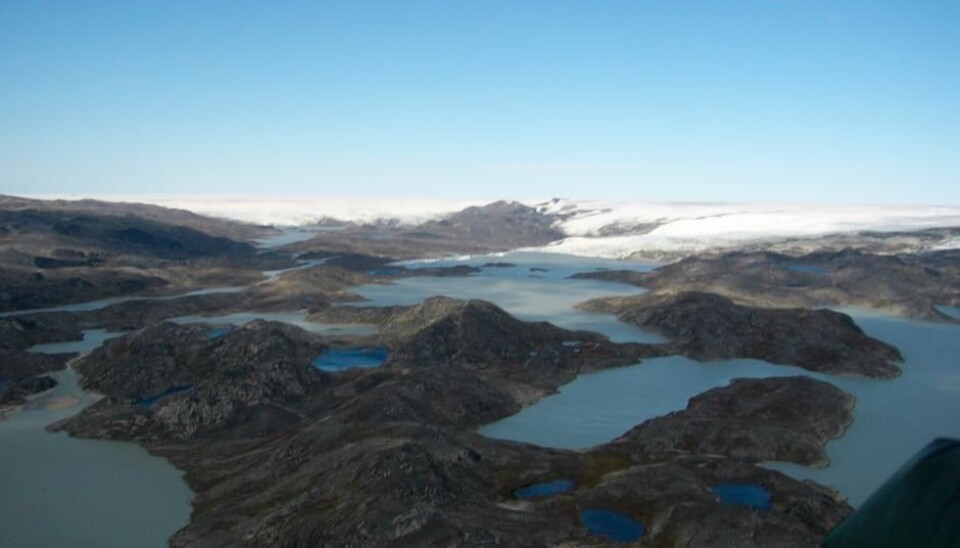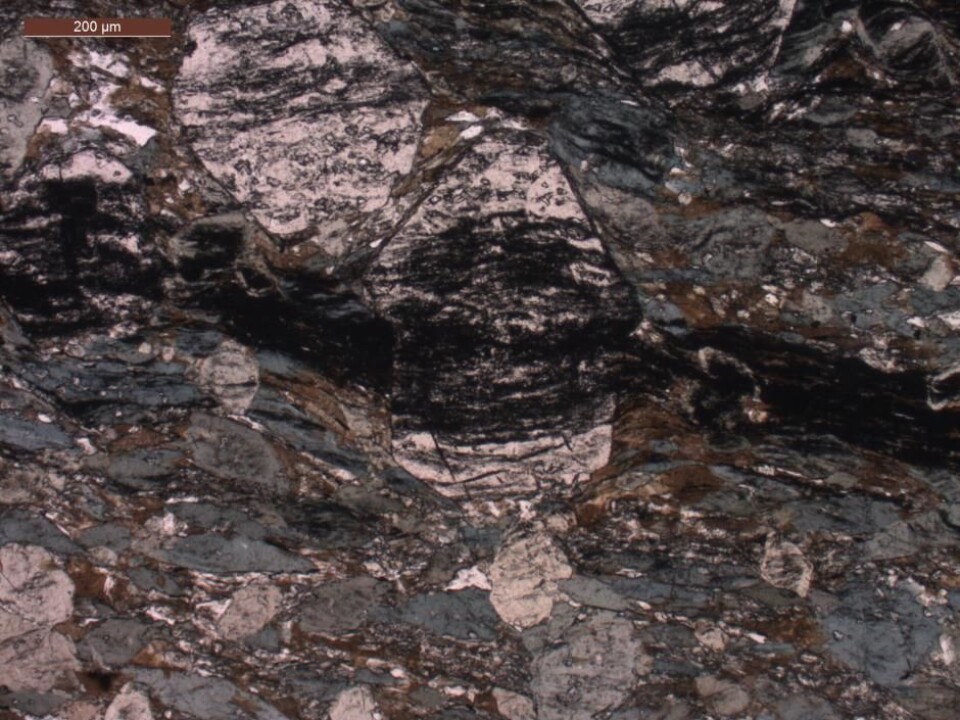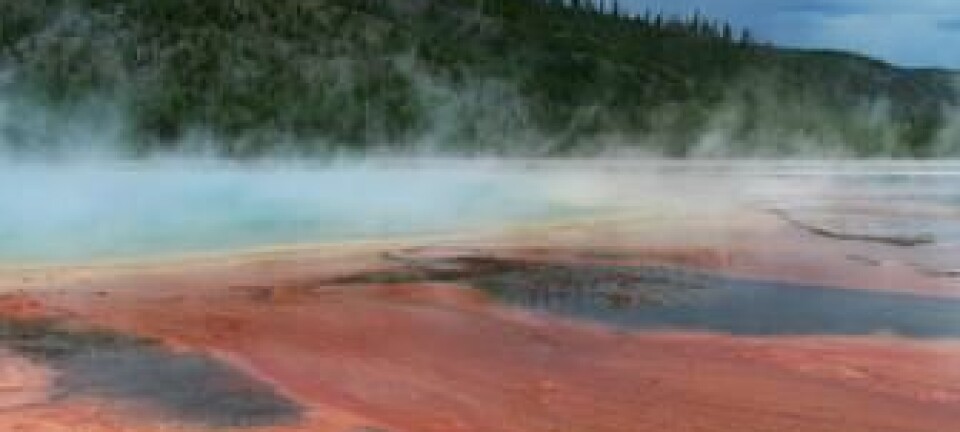
New evidence of early life on Earth date back 3.7 billion years
Scientists have discovered remains of 3.7-billion-year-old life, encapsulated within the oldest rocks in Greenland. It is one of the oldest signs of life on Earth.
Nobody knows with certainty when or where life first began on Earth, but it is so long ago that you might think all traces of early life had long since vanished.
But encapsulated within ancient gemstones in Greenland, scientists think that they have discovered remains of some of the earliest known life on Earth.
“We’ve used a new technique to study what’s been saved in some of the tiny pockets inside these gemstones. Our studies show that it’s probably the remains of single-celled organisms, which became trapped and encapsulated in stone,” says lead-author Tue Hassenkam, associate professor in the Department of Chemistry at the University of Copenhagen, Denmark.
A controversial discovery
One of the challenges of searching for early signs of life on the planet is that the surface is constantly changing. There are just a few places on Earth where you can find material from Earth’s early years. One such place is Isua in Greenland, where 3.7 to 3.8-billion-year-old rocks are preserved to this day.

At the turn of the 21st century, a Danish-Greenlandic geologist, Minik Rosing, became famous when he proclaimed that these rocks contained the planet’s earliest signs of life. It was a controversial position at the time because it meant that life on Earth got going 200 million years earlier than previously thought.
In the new study, Hassenkam and Rosing used advanced new techniques to study gemstones from Isua. Their results support Rosing’s theory and therefore give strength to the idea that the Greenland rock contains traces of some of the earliest life on Earth.
“It’s been very much discussed throughout the years, whether what was discovered in the rocks at Isua really was indicative of life. In the new study, they look at some of the same types of rocks but with new techniques. The new and exciting thing is that it looks like it supports the theory that there are traces of life,” says Bo Barker Jørgensen, a professor from Aarhus University, Denmark, who has also studied micro-organisms and early life, but who was not involved in the new study.
Numerous lines of evidence
Hassenkam points out that numerous pieces of evidence independently indicate that the Isua rocks contain 3.7-billion-year-old life.
“You can compare it with a murder investigation. The more evidence you have the better. From the data and evidence that we have at present, the best interpretation is that it points to life,” he says.
These indicators of life were found within a type of garnet, a red-coloured precious stone. Scientists found the stone buried inside the cliffs at Isua and took them back to their laboratory at the University of Copenhagen. They opened the garnet up and analysed the contents of the tiny pockets of the red gemstone.
It primarily contained carbon—one of the most important ingredients for life on Earth.
The scientists conclude that all of the substances they measured were likely part of a single-celled organism, which lived in the sea at least 3.7 billion years ago. At this time, the micro-organisms were deposited on the sea floor, and it is this earlier sea floor that is today found in Isua.
Sceptical scientists doubt discovery
But not all scientists are convinced by the new results.
Professor Elizabeth Bell from the University of California, a geochemist who also studies early life, writes in an email that the stone may potentially have been contaminated with material form a later point in the Earth’s history.
“I’m worried that the rocks that they study are younger [than the surrounding material] or that the carbon could have been injected into the rocks during later hydrothermal changes,” writes Bell.
But Rosing and Hassenkam disagree. They explain that the rocks in question were discovered in intact deposits of rocks and sediments, and therefore the dating of the material is reliable.
“The carbon was a part of the original sediment and was not introduced through later cracks or similar, which could have introduced organic material. There are numerous articles that support these observations. The dating of the sediment layers build on very precise dating of the garnet layers,” write Rosing and Hassenkam in a joint response to Bell’s concerns.
---------------
Read more in the Danish version of this story on Videnskab.dk
Translated by: Catherine Jex










